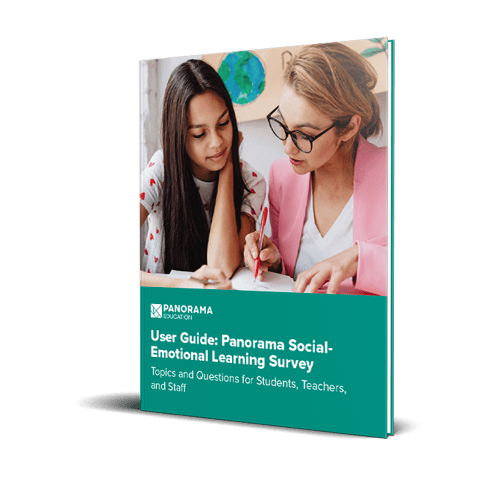Many school district leaders are coalescing around the idea of a Portrait of a Graduate, asking the question: how can we bridge the gap between high school graduation and what comes next?
In today's world, the demands for students are tremendous as they move on to college, career, and adult life. It's no longer enough to just graduate on time with the right academic credentials.
That's why creating a Portrait of a Graduate may be at the top of the agenda for you and your team. Unique to each district, a Portrait of a Graduate outlines the 21st century skills that a district believes their students should embody and exemplify by graduation.
A Portrait of a Graduate is a great way to align school operations and pedagogy around a collective vision for student success. With this vision, your community is taking a strong stance on what it means for your students to be college, career, and life ready. You are also reinforcing your commitment to supporting the whole child in a way that goes beyond test scores.
If your district is ready to join the Portrait of a Graduate movement this school year, this guide is for you. You'll learn strategies for creating, implementing, and measuring the success of a Portrait of a Graduate in your community. You'll also see real examples from districts that have brought their graduate visions to life.
Learn how DC Public Schools uses Panorama to measure their Portrait of a Graduate.
1. What Is a Portrait of a Graduate?
2. How to Create a Portrait of a Graduate
3. Strategies for Portrait of a Graduate Implementation
4. Portrait of a Graduate Examples and Resources
What Is a Portrait of a Graduate?
|
A Portrait of a Graduate represents a school district's vision for the 21st century skills, character traits, and/or social-emotional competencies that students need to succeed in college, career, and life. |
The process of building and implementing a Portrait of a Graduate is a community effort. Typically, districts bring together students, staff, teachers, community leaders, business leaders, and school administrators to create the portrait. These stakeholders come together to discuss the responsibilities and goals of public schools in their local community, as well as the traits and skills that students will need the most to be successful in adult life.
Once the traits are finalized, the district submits the Portrait of a Graduate to its Board of Education. The end deliverable gets incorporated into the district's strategic plan and serves as a public-facing north star.
It's important to note that a district's Portrait of a Graduate is meant to complement academics and test scores as measures of preparedness. While it does not replace a focus on academic achievement, it shows the district community's commitment to investing in educational experiences that educate the whole child.
The Importance of a Portrait of a Graduate for Students
National data on postsecondary student outcomes highlights the need for district leaders—alongside community stakeholders and students—to redefine what student success means in schools. Here are some trends to be aware of:
- Many students are choosing not to enroll in college, whether a two-year or four-year institution, even as the job market increasingly advantages those with an associate’s or bachelor’s degree. A large number of students who do enroll in college require remedial courses in ELA and/or math.
- Graduation rates at colleges are hovering at around 60 percent. There is a large disparity in readiness and post-secondary education outcomes for underserved students, including students of color, poor students, and first-generation college students.
- Employers are reporting a significant need for high school graduates to receive additional education and training to make up for gaps.
Within the Portrait of a Graduate movement, districts are responding to these challenges with a deep focus on students’ life skills—also known as 21st century skills or SEL skills—that supplement and enhance students’ content mastery.
According to the 2018 Gallup Superintendents survey, 66 percent of superintendents ranked SEL/21st-Century Skills as a key area of need and a lever for improving students' college and career readiness.
How to Create a Portrait of a Graduate
|
1. Form a Portrait of a Graduate committee
The first step in creating your Portrait of a Graduate is to invite a group of participants. The most successful districts invite a variety of stakeholders, including teachers, administrators, parents, students, and community and business leaders.
You'll also need to select a facilitator, whether it's someone from your community or a professional.
Some districts like Sonoma County have expanded their Portrait of a Graduate conversations even further through the use of surveys.
|
Pro Tip: Be proactive about communicating with the community throughout the process. The more buy-in you have from all stakeholder groups, the more effective your process and outcomes will be. |
2. Engage community members in discussion
Orient your committee’s dialogue around key questions. Here are some questions sourced from districts.
From Sonoma County in California: What are the hopes, aspirations and dreams that our community has for our young people?
From Schertz-Cibolo-Universal City Independent School District in Texas: What traits, skills, and mindsets do students need to be successful, regardless of the area they choose to pursue?
|
Pro Tip: To start the dialogue, consider students' present and future contexts. How has the world changed, and how will it continue to change? What skills and mindsets will be necessary in a rapidly changing and complex world? |
3. Brainstorm and vet Portrait of a Graduate skills
When considering skills and mindsets, the 4 C's designed by the Partnership for 21st Century Skills (P21)—critical thinking, creativity, collaboration, communication—can be a strong starting point. This popular framework also includes life skills such as flexibility, initiative, social skills, productivity, leadership and literacy skills such as information literacy, media literacy, technology literacy.
You might also consider language that honors the core values of your community. What are the skills and traits that community members take pride in and hope to pass on to their students and children?
Once you have a working draft, review your language from diverse perspectives to ensure it is inclusive of all students. For example, how might words like "self-reliant" and "citizenship" be interpreted? As a community contract, your Portrait of a Graduate must be widely circulated and thoroughly vetted.
Widely used Portrait of a Graduate skills and attributes:
- Creative and critical thinker
- Problem solver
- Solution seeker
- Lifelong learner
- Self-regulated learner
- Effective communicator
- Innovator
- Collaborator
- Ethical and global citizen
- Goal-directed and resilient individual
- Dynamic leader
|
Pro Tip: Limit the number of traits you include to six or fewer. The power of a Portrait of a Graduate lies in its ability to focus and align educators. |
4. Create a visual representation
Next, it's time to create the end product—the visual representation.
Visual expression can be a powerful element. Districts use a variety of templates and shapes for their portraits, from silhouettes of graduates to circular badges. Some school districts, such as Humble Independent School District in Texas, even engage student artists to emphasize the element of student and community ownership in the Portrait of a Graduate process.
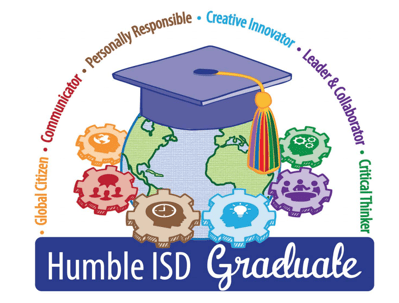
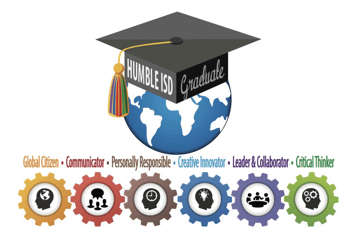
|
Pro Tip: While the timeline for developing a Portrait of a Graduate can vary, a good rule of thumb is about three months, with monthly meetings on a regular cadence. |
Strategies for Portrait of a Graduate Implementation
Once you've created your Portrait of a Graduate, don't stop there. Done well, a Portrait of a Graduate should guide district decisions around everything from classroom pedagogy, to human resources, to financial services and operations.
Create system alignment
Once complete, the committee should submit the Portrait of a Graduate for school board review and approval.
After it is approved, take the time to embed the vision into your strategic plan, website, and mission statement. Identify the initiatives and programs that will help students develop these competencies, and begin to design learning processes that integrate these traits into the classroom for all grade levels.
Operationalize your Portrait of a Graduate with measurement
Next, determine how you will measure progress for all students toward your Portrait of a Graduate vision.
Using instruments like the Panorama Social-Emotional Learning Survey, your district can gather valid and reliable data from students on their development of Portrait of a Graduate traits. The Panorama survey is customizable and aligns to CASEL competencies like Social Awareness and Self-Management.
You can easily map Panorama survey topics to your Portrait of a Graduate framework. For example, learn how District of Columbia Public Schools cross-walked their "Loved, Challenged, and Prepared" traits to the Panorama survey.
With a college and career readiness platform like Panorama, you can also look at your Portrait of a Graduate data alongside other college and career readiness indicators such as SAT scores, credit accumulation, course performance, attendance, and behavior. A holistic view of each child helps district-level staff, principals, counselors, and teachers understand exactly where students may be off track, and how to best help them.
A student report from Schertz-Cibolo-Universal-City ISD in Panorama (not real student data)
Provide educators and staff with ongoing professional development
Remember that it all starts with adults. Do educators deeply understand the Portrait of a Graduate traits? Do they feel equipped to help students develop these skills? Do educators themselves embody the traits you're promoting?
Build adult capacity around these skills and mindsets by focusing on adult SEL and self-care. Data can also play a powerful role in professional development. Imagine a room full of educators discussing trends in school-level data, identifying students who need additional support, and setting concrete goals to ensure every student is progressing towards your Portrait of a Graduate vision.
Bring your Portrait of a Graduate to life across the community
Most importantly, continue to communicate and celebrate your vision.
Hold interviews with the student and community newspapers. Recognize students on social media for exemplifying the traits of a graduate, like in Schertz-Cibolo-Universal City Independent School District.
Incorporate the Portrait of a Graduate into your meetings at every level. Discuss how your vision can be equitably implemented for all students. Engage staff, administrators, and students in conversations about what the portrait means to them.
Finally, make resources accessible for parents and teachers across elementary school, middle school, and high school to help cultivate these traits, mindsets, and skills in students.
|
Pro Tip: Create an online resource library for families on your website. Consider including a list of skills appropriate to each grade level alongside questions that families can ask their children in order to reflect on and reinforce the development of those skills. |
Portrait of a Graduate Examples and Resources
School District Examples
- Fairfax County Public Schools (VA): Portrait of a Graduate Family Resources
- Sonoma County (CA): Portrait of a Graduate
- Racine Unified School District (WI): North Star Vision
- Gresham-Barlow School District (OR): Portrait of a Graduate
- District of Columbia Public Schools: Loved, Challenged, and Prepared
- Schertz-Cibolo-Universal City ISD (TX): Traits of a Graduate
- Saline Area Schools (MI): Learner Profile
Browse the #PortraitofaGraduate hashtag on Twitter for more inspiring examples.
Additional Resources to Explore
- Portrait of a Graduate with Ken Kay (via Reimagine Schools podcast)
- How Aligning Student of the Month Criteria to Your Portrait of a Graduate Increases Transparency (via KnowledgeWorks)
- A Comprehensive Guide to 21st Century Skills
- How DC Public Schools Uses Panorama to Track SEL Goals and Build a Culture of Love
- How Schertz-Cibolo-Universal City ISD Is Redefining College, Career, and Military Readiness
- How Johnston County Public Schools Supports Students' SEL Through Tiered Interventions
- The Panorama Social-Emotional Learning Survey




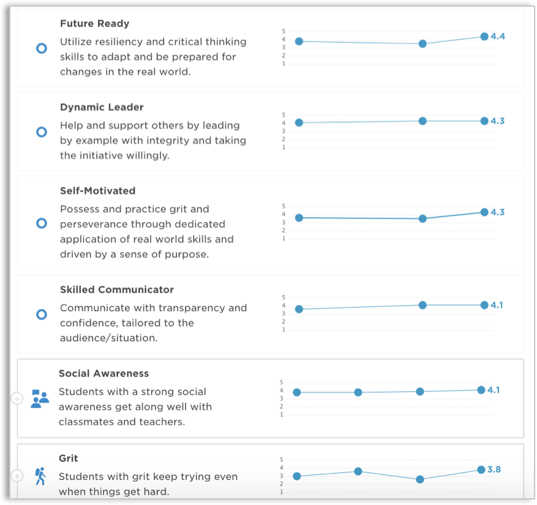
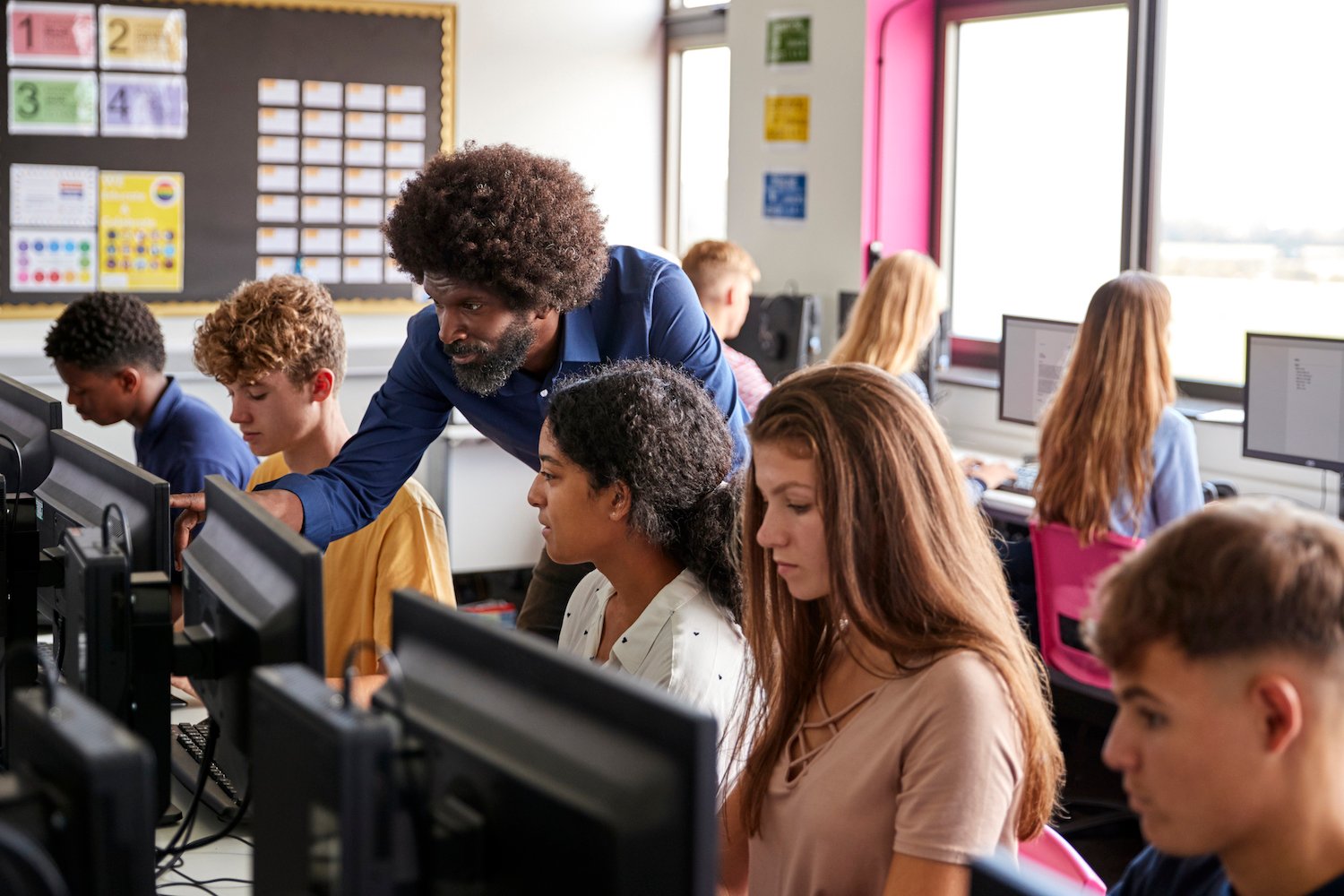
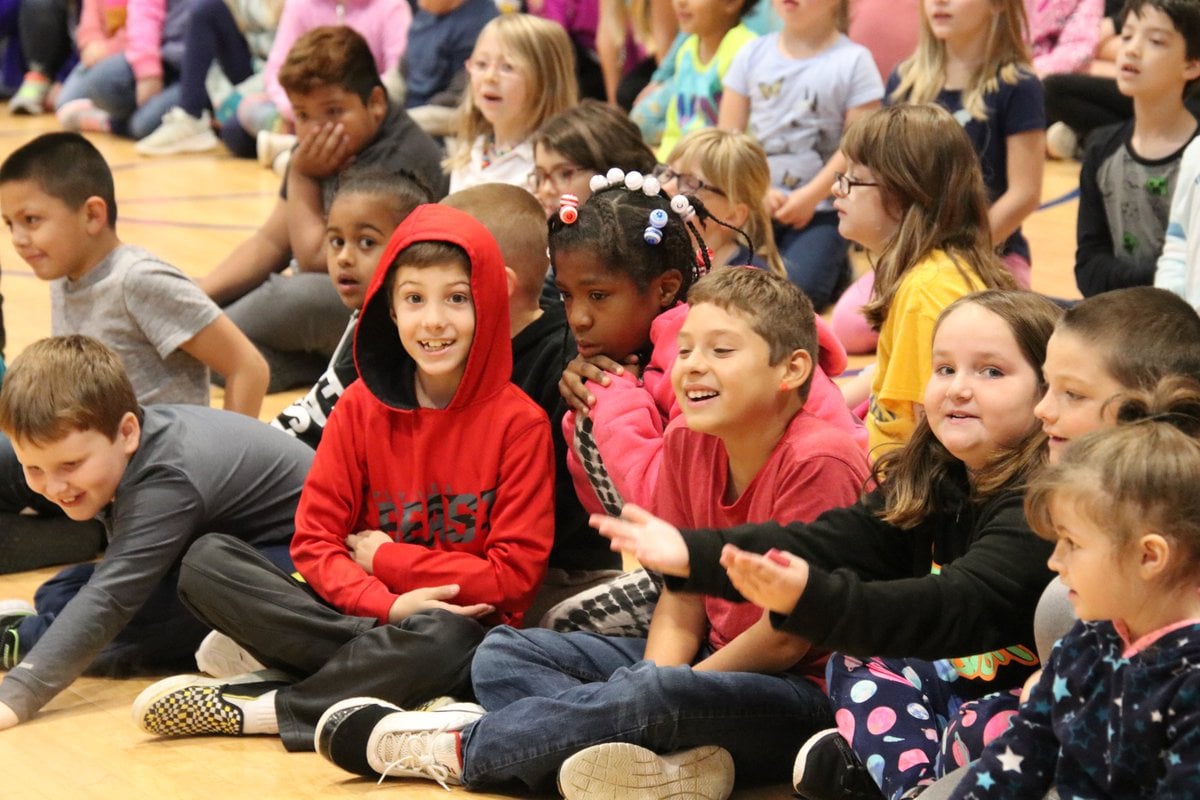
![2020 District Benchmarks: Strategic Goals and College & Career Readiness [Free Report]](https://www.panoramaed.com/hubfs/2020-district-benchmarks-blog.jpeg)
